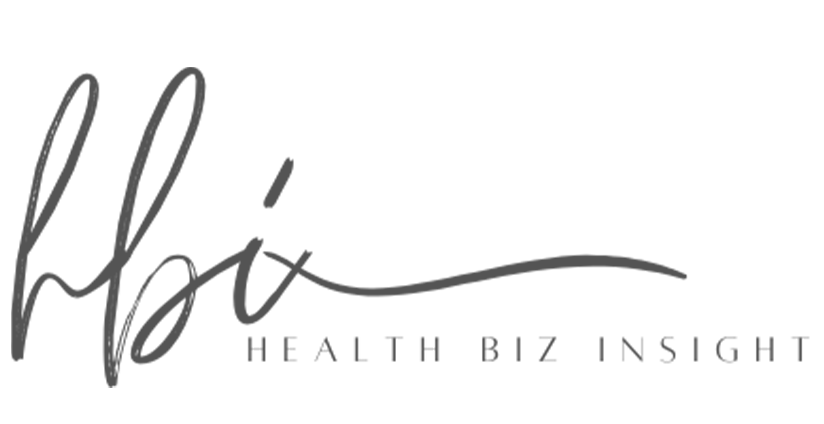
In today’s rapidly evolving healthcare landscape, patients are no longer passive recipients of care but active participants with growing expectations. As healthcare becomes increasingly patient-centric, consumer demands for convenience, personalisation, and quality are driving significant changes in how services are delivered.
At Nexus Healthcare, we see these shifts as opportunities for providers to innovate and enhance their offerings. The future of healthcare is about more than just accessibility—it’s about tailoring care to individual needs.
The Rise of Consumer-Driven Healthcare
Healthcare is no longer confined to hospitals and clinics. Patients today expect the same convenience and accessibility they experience in other industries, like retail and technology.
Why Is This Shift Happening?
- Increased access to online health information
- Technological advancements in digital health tools
- A shift toward consumer choice in healthcare decisions
Patients now research symptoms, compare treatment options, and seek reviews of healthcare providers before scheduling appointments. This informed approach places greater pressure on providers to meet higher standards of care and transparency.
Convenience: Healthcare on Demand
Convenience is one of the biggest factors shaping modern patient expectations. The rise of telemedicine and mobile health apps has transformed how healthcare is delivered.
Key Trends in Healthcare Convenience
- Virtual Consultations – Patients now expect quick, remote access to doctors.
- Retail Clinics & Urgent Care – Walk-in, extended-hour facilities are growing in popularity.
- Online Booking & Digital Records – Seamless scheduling and electronic health records improve patient experiences.
Gone are the days when waiting weeks for an appointment was acceptable. Today’s patients expect fast, efficient, and accessible care – whether through online booking systems, telehealth, or AI-powered symptom checkers.
Personalisation: A Tailored Approach to Care
Patients are no longer satisfied with one-size-fits-all treatments. The expectation for personalised healthcare has led to innovations like genomic testing, AI-powered diagnostics, and wearable health tracking devices.
Examples of Personalised Healthcare
- Genomic Medicine – Treatments based on an individual’s genetic profile.
- Wearable Health Tech – Devices that track heart rate, sleep patterns, and activity levels.
- AI-Powered Recommendations – Data-driven insights for custom treatment plans.
From customised medication plans to precision nutrition, patients want tailored solutions that fit their unique medical histories and lifestyles.
Transparency and Trust in Healthcare
Modern patients expect clear, upfront communication regarding:
- Treatment options and potential risks.
- Healthcare costs and pricing models.
- • Provider reviews, success rates, and patient outcomes.
Why Transparency Matters
- Price transparency prevents unexpected bills and financial stress.
- Quality metrics help patients choose the best providers.
- Trust-building ensures stronger patient-provider relationships.
Hospitals and clinics that embrace transparency are more likely to earn patient loyalty and enhance trust in their services.
The Role of Technology in Meeting Expectations
Advancements in healthcare technology are reshaping patient experiences, making care more efficient, accessible, and personalised.
How Technology is Driving Change
- AI in Healthcare – Predictive diagnostics and virtual health assistants.
- Wearable Devices – Real-time health tracking and preventive care.
- Mobile Health Platforms – Digital tools for appointments, prescriptions, and communication.
These innovations empower patients to take control of their health while enabling providers to offer higher-quality care with greater efficiency.
Challenges and Considerations
While meeting patient expectations has clear benefits, it also poses challenges for healthcare providers:
- Cost & Infrastructure
- Smaller clinics may struggle with implementing advanced technologies.
- Investment in training and new systems is necessary.
- Data Security & Privacy
- As patient records go digital, cybersecurity concerns grow.
- Strong privacy protections are crucial for maintaining trust.
- As patient records go digital, cybersecurity concerns grow.
- Balancing Convenience with Quality
- While quick access to healthcare is important, accurate diagnosis and treatment should not be compromised.
Healthcare providers must balance innovation with quality, ensuring efficient care without sacrificing thoroughness and safety.
The Future of Patient-Centric Healthcare
Looking ahead, healthcare will continue to evolve with patient expectations driving major advancements. Here’s what we can expect:
- Remote Monitoring & Home Health
- Advanced wearables and smart devices will allow patients to track and manage health conditions at home.
- Advanced wearables and smart devices will allow patients to track and manage health conditions at home.
- AI-Driven Diagnostics
- AI will improve early detection, making treatment more proactive than reactive.
- AI will improve early detection, making treatment more proactive than reactive.
- Integrated Care Models
- Healthcare will become more holistic, combining physical, mental, and social health services.
- Healthcare will become more holistic, combining physical, mental, and social health services.
- Value-Based Care
- Instead of focusing on volume, providers will prioritise patient outcomes and long-term wellness.
Conclusion
Patient expectations are shaping the future of healthcare, driving demand for:
- Convenience – Fast, on-demand care.
- Personalisation – Treatments tailored to individual needs.
- Transparency – Clear communication and trust.
To stay competitive, healthcare providers must innovate and embrace patient-centric care.
At Nexus Healthcare, we help organisations navigate these evolving demands through tailored solutions, from digital health platforms to strategic patient engagement.
Together, we can build a healthcare system that prioritises patient needs and delivers exceptional care.






